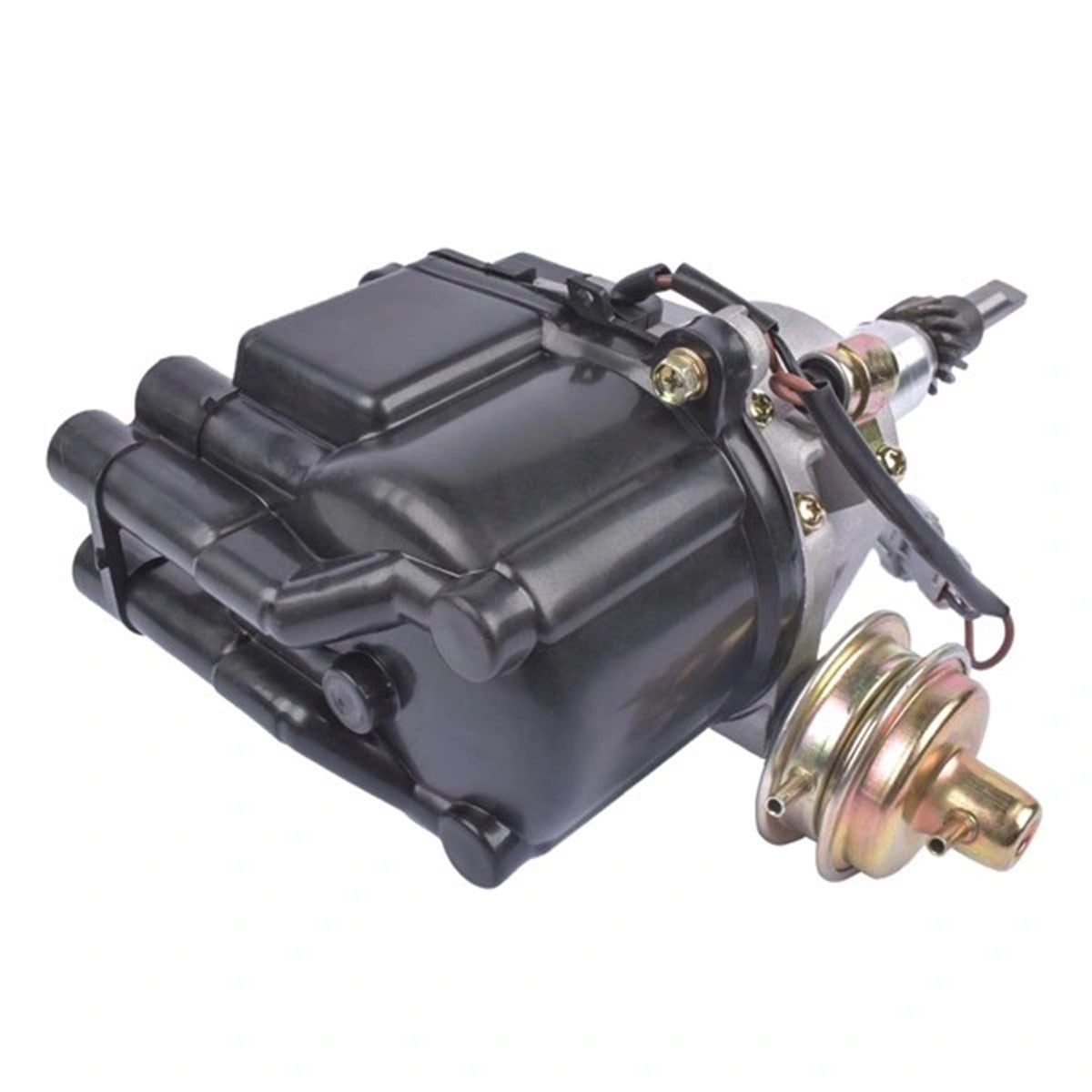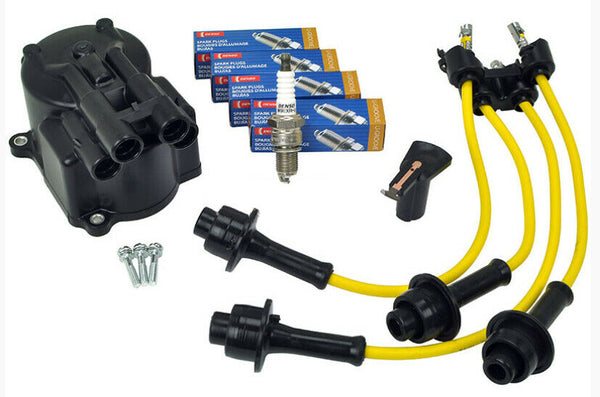How the 4Y Engine Compares to Other Engines in Terms of Fuel Efficiency
Why the Engine Is the most effective Selection for Performance and Efficiency in Your Auto
The engine stays a crucial element in automotive design, primarily due to its significant influence on both efficiency and performance. As innovations in technology enable smaller engines to deliver impressive power while enhancing fuel economic climate, the integration of features such as turbocharging and crossbreed systems becomes increasingly vital.
Recognizing Engine Types
Understanding the numerous types of engines is essential for enhancing performance and efficiency in automobile design. The primary engine types include inner burning engines (ICE), electrical engines, and hybrid systems, each offering unique benefits and limitations.
Inner burning engines, which can be additional classified right into gas and diesel versions, rely upon the burning of gas to produce power. Fuel engines commonly provide greater RPMs and better velocity, while diesel engines are understood for their torque and fuel performance, making them excellent for sturdy applications.
Electric engines, on the various other hand, utilize electrical motors powered by batteries or gas cells. They offer rapid torque distribution, leading to smooth velocity and reduced emissions. The effectiveness of electric engines is significantly greater than that of ICEs, making them a prominent choice for eco-conscious customers.
Crossbreed systems combine both interior combustion and electrical engines, leveraging the staminas of both modern technologies. They optimize fuel usage by using electrical power at lower speeds and changing to fuel or diesel for higher rates or heavier lots.
Choosing the right engine type is essential for attaining preferred performance metrics and environmental sustainability in modern-day vehicle engineering.
The Impact of Engine Size
Engine dimension often plays an essential function in establishing an automobile's efficiency and performance. Generally gauged in litres or cubic centimeters, engine dimension straight affects the power output and torque qualities of an automobile.
However, boosted engine dimension often associates with lessened fuel efficiency. Larger engines eat more gas, resulting in greater discharges and functional prices. Producers need to balance the need for power with the need for gas economy. Smaller engines can supply appropriate efficiency for daily driving while advertising better performance, making them a popular choice in mid-size and compact vehicles.
Furthermore, developments in engine style, such as turbocharging and direct fuel injection, permit smaller sized engines to attain power levels similar to their larger counterparts. This pattern highlights the significance of not solely concentrating on engine dimension however likewise considering total vehicle style and technology (4y engine). Inevitably, the influence of engine size on performance and effectiveness highlights the demand for customers to analyze their details driving requirements and preferences when choosing a vehicle
Advanced Engine Technologies
Developments in engine modern technologies have actually dramatically reshaped the landscape of auto performance and performance, building upon the foundational principles developed by engine size. Especially, developments such as turbocharging and straight gas injection have actually enabled smaller sized engines to provide power levels previously connected with larger equivalents. Turbochargers press air entering the engine, permitting increased power output without a corresponding boost in engine dimension, while direct injection maximizes gas distribution, boosting burning effectiveness.
Furthermore, variable shutoff timing systems have actually become a crucial modern technology, enabling engines to readjust shutoff procedure based upon driving conditions. This versatility improves both performance throughout acceleration and gas performance throughout cruising. Crossbreed and electric engine modern technologies further highlight the change in automobile style, incorporating conventional interior combustion engines with electric motors to take full advantage of efficiency while decreasing discharges.
In addition, advancements in products scientific research have brought about lighter, a lot more durable engine components, even more enhancing efficiency and durability. The integration of innovative electronic devices and engine control units additionally permits real-time adjustments, guaranteeing optimum performance across various conditions. Collectively, these advanced engine technologies not just improve lorry efficiency yet also add to an extra sustainable auto future, demonstrating the continuous evolution of engine design.
Balancing Power and Effectiveness
Striking a balance between power and efficiency is essential in contemporary vehicle layout as producers seek to fulfill progressively stringent discharges laws while pleasing consumer demand for efficiency (4y engine). The challenge hinges on enhancing engine qualities to provide durable power result without sacrificing gas economy
To achieve this balance, designers employ various methods, such as turbocharging, which enhances engine power forcibly in even more air, enabling a smaller engine displacement that enhances gas efficiency. Variable valve timing modern technologies additionally play a significant duty, enabling engines to change their performance characteristics based on driving conditions, consequently improving both power and efficiency.
Additionally, innovations in materials and making strategies have caused lighter engine components, which lower general lorry Resources weight and improve fuel effectiveness without jeopardizing power. Crossbreed modern technologies have additionally arised as a sensible service, combining standard internal combustion engines with electrical powertrains to supply an increase in efficiency while maintaining reduced exhausts.

Future Trends in Engine Style

Moreover, the growth of innovative products, such as high-strength alloys and lightweight compounds, is set to reinvent engine components. These products not just decrease weight yet also boost thermal effectiveness, therefore optimizing performance. In addition, suppliers are exploring variable compression proportions, allowing engines to adapt to different driving conditions, improving both power output and fuel economic situation.
Better, the increase of man-made knowledge and artificial intelligence in engine design is enabling predictive maintenance and real-time performance optimization. This innovation can bring about engines that self-adjust for optimal efficiency based on driving patterns.

Conclusion
Finally, the engine offers as a crucial component in attaining ideal performance and efficiency in modern vehicles. Advanced technologies, such as turbocharging and hybrid systems, improve power outcome while minimizing fuel consumption and emissions. The interplay between engine size and style remains to evolve, driving developments that balance electrifying efficiency with environmental sustainability. As vehicle design progresses, the concentrate on creating effective, effective engines will certainly stay vital in forming the future of transport.
In addition, innovations in engine style, such as turbocharging and straight gas injection, enable smaller engines to accomplish power degrees equivalent to their larger my latest blog post equivalents.Advancements in engine modern technologies have actually significantly reshaped the landscape of automotive performance and efficiency, structure upon the fundamental principles established by engine dimension. Turbochargers press air going into the engine, allowing for raised power output without a corresponding rise in engine size, while straight injection optimizes gas delivery, enhancing burning performance.
Hybrid and electrical engine technologies even more highlight the change in automotive design, integrating conventional interior burning engines with electrical motors to make best use of efficiency while lowering exhausts.
Collectively, these innovative engine technologies not just improve lorry performance yet useful content likewise contribute to a more sustainable automotive future, demonstrating the continuous development of engine design. (4y engine)